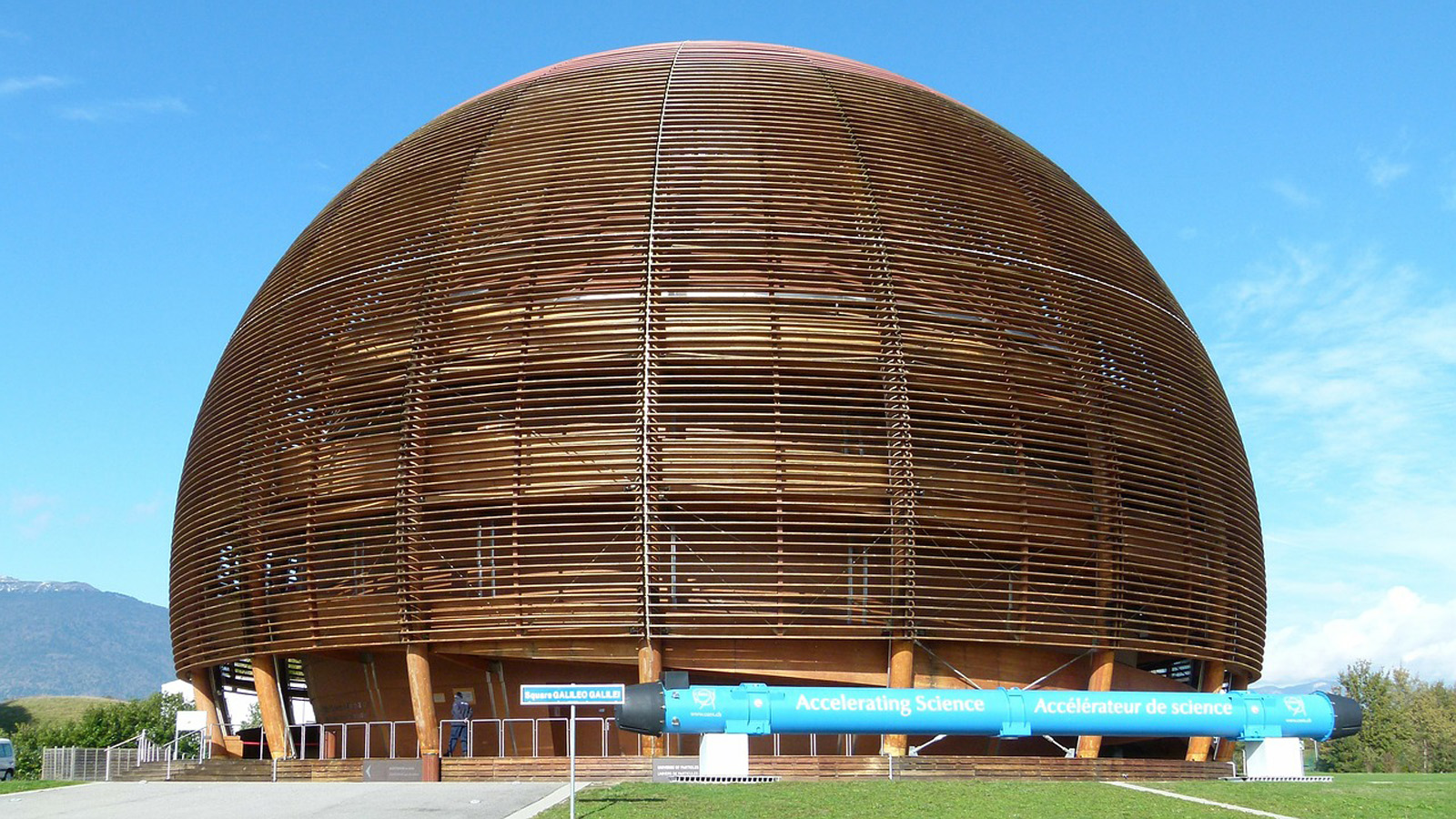Taking a closer look at LHC
Protons can only be accelerated through a vacuum, to avoid collisions with gas molecules and allow the highest number of proton-proton collisions. So, a very high vacuum must be achieved.
Residual gas density varies due to the fact that the sources of gas - mainly ion, electron and photon-induced gas desorption – depend on the surface properties and on the operating scenarios. For example, ion induced desorption (phenomenon whereby a gas is released from or through a surface) is the consequence of particles colliding with residual gas molecules in the accelerator, whereby they undergo charge exchange. Since the change in the charge state affects the bending radius of the particles they will not follow the required trajectory after having crossed a bending magnet, but instead will collide with the vacuum chamber wall, where gases are released. Electrons created in proton-molecule collisions and photons emitted by synchrotron radiation also induce gas desorption. The main gases desorbed are H2, CH4, CO, CO2, H2O and nobles gases.
In order to realize the importance fo such ulta-high vacuum, we will estimate the number of molecules/m3 inside the beam pipes.
The LHC is not a perfect circle. It consists of eight 2.45-km-long arcs, and eight 545-m-long straight sections.
The arcs contain the dipole ‘bending’ magnets and the superconducting conditions imply thatthe temperature inside the beam pipe is about 5 K. Although this temperature is far below the one at which all gases liquefy at atmospheric pressure, the very special conditions in these arcs (P=10–7 Pa) maintain the gaseous state and allow the use of the ideal gases equation:
P·V = n·R·T (1)
Let's take V = 1 m3 ; and with P=10–7 Pa ,, T = 5 K ,, R = 8.31 J mol-1 K-1
Using (1) we have in 1 m3 : n = 2.4·10–9 mole
(2.4·10–9) × (6·1023) ,, ρm ~ 1.4·1015 molecules/m3
where ρm is the gas density.
In the parts of the beam vacuum system at room temperature, the conditions are:
P = 10–9 Pa ,, T = 293 K
Let's take again V = 1 m3
With P·V = n·R·T : n ~ 4·10–13 moles
So, the result is:
(4·10–13) × (6·1023)
ρm ~ 2.4 1011 molecules/m3 (2)
At the interaction point, inside each detector, the bunch size is 7.5 cm × 16 μm × 16 μm .
This implies a volume of:
V ~ 2 10-11 m3
From (2) the number of molecules in this volume is:
Nmolecules ~ 5 molecules
This result assures that the contribution from proton-gas collisions at the interaction points is negligible compared to the number of proton-proton collisions.
|
AUTHORS Xabier Cid Vidal, PhD in experimental Particle Physics for Santiago University (USC). Research Fellow in experimental Particle Physics at CERN from January 2013 to Decembre 2015. He was until 2022 linked to the Department of Particle Physics of the USC as a "Juan de La Cierva", "Ramon y Cajal" fellow (Spanish Postdoctoral Senior Grants), and Associate Professor. Since 2023 is Senior Lecturer in that Department.(ORCID). Ramon Cid Manzano, until his retirement in 2020 was secondary school Physics Teacher at IES de SAR (Santiago - Spain), and part-time Lecturer (Profesor Asociado) in Faculty of Education at the University of Santiago (Spain). He has a Degree in Physics and a Degree in Chemistry, and he is PhD for Santiago University (USC) (ORCID). |
CERN CERN Experimental Physics Department CERN and the Environment |
LHC |
IMPORTANT NOTICE
For the bibliography used when writing this Section please go to the References Section
© Xabier Cid Vidal & Ramon Cid - rcid@lhc-closer.es | SANTIAGO (SPAIN) |



